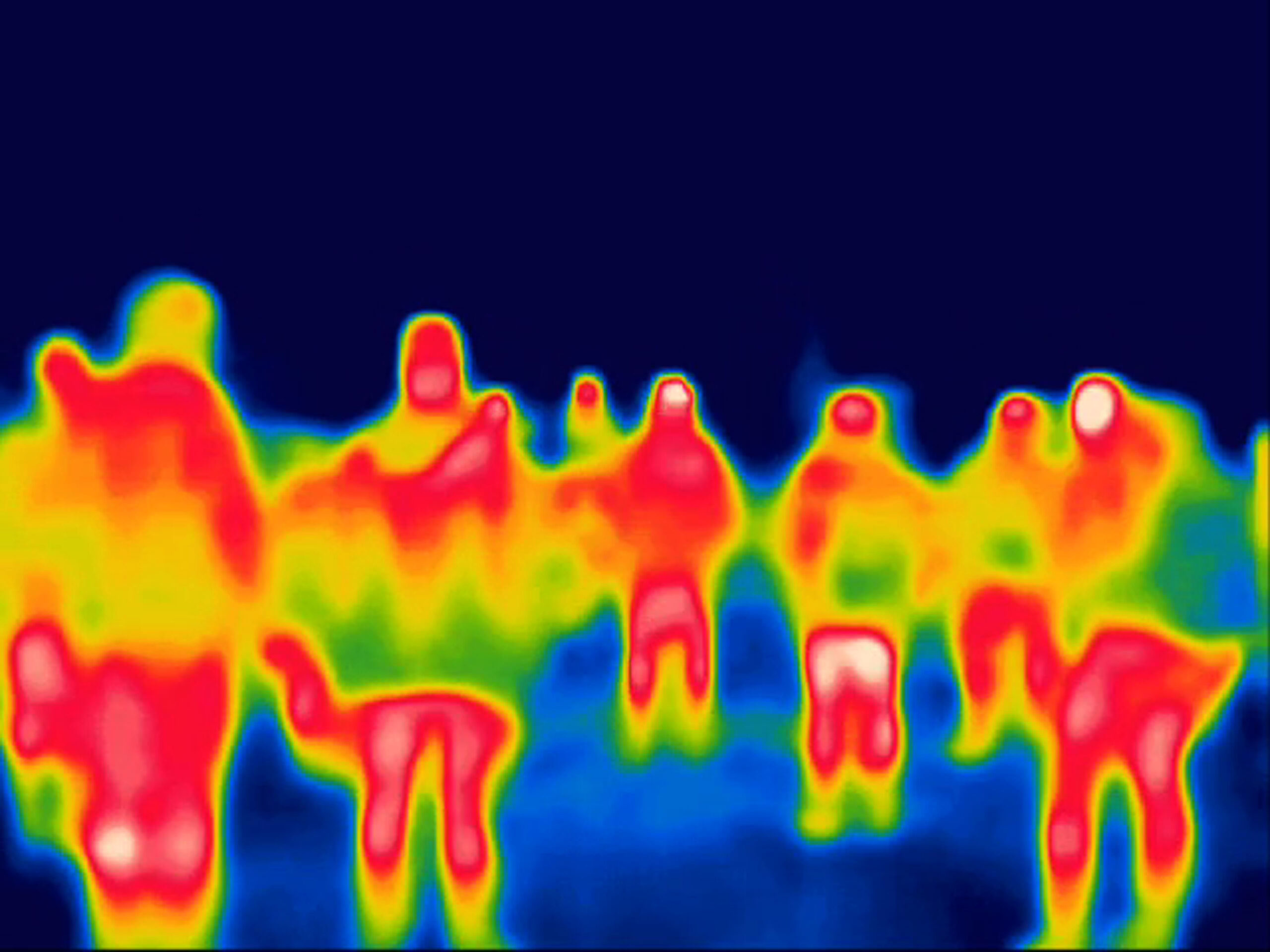Setha Low
Setha Low received her Ph.D. in Cultural Anthropology from the University of California, Berkeley, and started her career as an Assistant and Associate Professor of Landscape Architecture and Regional Planning, City and Regional Planning, and Anthropology at the University of Pennsylvania. Dr. Low is currently Professor of Environmental Psychology, Geography, Anthropology, and Women’s Studies, and Director of the Public Space Research Group at The Graduate Center, City University of New York where she teach courses and trains Ph.D. students in the anthropology of space and place, urban anthropology, culture and environment, and cultural values in historic preservation. She has been awarded a Getty Fellowship, a NEH fellowship, a Fulbright Senior Fellowship and a Guggenheim for her ethnographic research on public space in Latin America and the United States. She is widely published and lectures internationally on these issues. Her most recent books include: Politics of Public Space (2006 Routledge with Neil Smith), Rethinking Urban Parks: Public Space and Cultural Diversity (2005, University of Texas Press with S. Scheld and D. Taplin), Behind the Gates: Life, Security and the Pursuit of Happiness in Fortress America (2004, Routledge), The Anthropology of Space and Place: Locating Culture (2003, Blackwell with D. Lawrence-Zuniga), On the Plaza: The Politics of Public Space and Culture (2000, University of Texas), Theorizing the City: The New Urban Anthropology Reader (1999, Rutgers University Press), Place Attachment (1992, Plenum with I. Altman). Dr. Low was the President of the American Anthropological Association until 2009. Dr. Low has recently concluded a research project on legal consciousness with Dr. Randy Lippert, which was funded by the SSHRC of Canada. Her current research is on the impact of private governance on New York City coop residents, working on a collaborative project with Dolores Hayden on Spatial Methods and Public Practices funded by CASBC at Stanford, and her most recent book is entitled Spatializing Culture: An Anthropological Theory of Space and Place.



